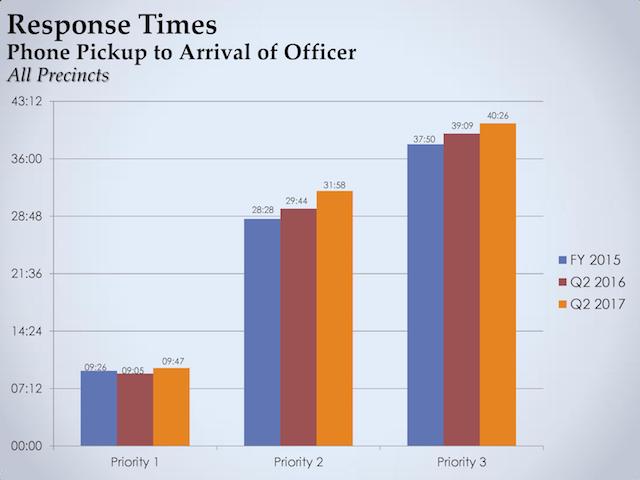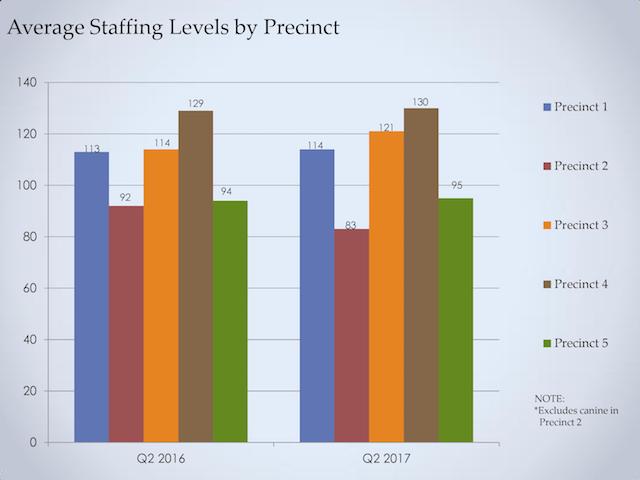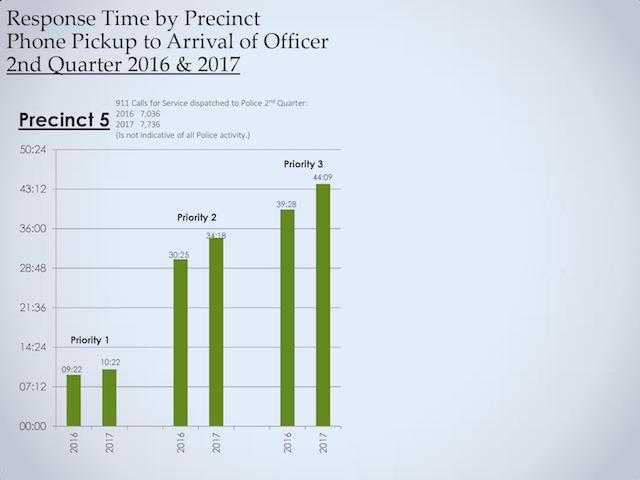 Frequently, Minnesota police officers, firefighters, and corrections officers worry that they may not be entitled to workers’ compensation benefits arising out of his or her employment because the critical incidents pre-date October 1, 2013. Due to the nature of post-traumatic stress disorder (PTSD), classifying PTSD as a specific injury with a specific “exposure” date may be illogical, especially in cases involving police officers who participate in many traumatic events during the course and scope of their employment. The law changed in Minnesota on October 1, 2013. PTSD is now compensable as a strictly mental-mental injury. The date of injury in these cases are particularly important because the date of injury determines what benefits are available to injured employees.
Frequently, Minnesota police officers, firefighters, and corrections officers worry that they may not be entitled to workers’ compensation benefits arising out of his or her employment because the critical incidents pre-date October 1, 2013. Due to the nature of post-traumatic stress disorder (PTSD), classifying PTSD as a specific injury with a specific “exposure” date may be illogical, especially in cases involving police officers who participate in many traumatic events during the course and scope of their employment. The law changed in Minnesota on October 1, 2013. PTSD is now compensable as a strictly mental-mental injury. The date of injury in these cases are particularly important because the date of injury determines what benefits are available to injured employees.
1. Minnesota Statute §176.011, subdivision 15, defines PTSD as an occupational disease
PTSD may also be considered an occupational disease. Therefore, the applicable date of injury is the date the employee became disabled or diagnosed, not a single specific traumatic exposure under Minn. Stat. §176.66, subd. 1. The employee’s entitlement to benefits is established by the law in effect on the date of disablement, not the law in effect on the last date of exposure. Stillson v. Peterson & Hede Co., 454 N.W.2d 430 (Minn. 1990). As set forth in Criterion G of the DSM-5, the diagnostic tool used to diagnosis PTSD as required by Minnesota Statute 176.011, subdivision 15(d), in order for an employee even be diagnosed with PTSD, the employee must experience a later functional disturbance or impairment in social, occupational, or other areas of function. Many officers are exposed to traumatic events, but not all officers develop PTSD as they may not ever experience a functional impairment.
2. Minnesota Statute §176.011, subdivision 16, also allows PTSD to be defined as a Gillete type injury
The date of injury in Gillete cases is the date of disablement and include ascertainable events that evidence the culmination of a disability, which include the date the employee initiated medical attention, date of a definite diagnosis, when the treating doctor determined the condition was work-related, and when the employee sought regular medical care. Schnurrer v. Hoerner-Waldorf, 345 N.W.2d 230 (Minn. 1984); Schaffer v. Minn. Orchestra, 53 W.C.D. 341 (1995); Reel v. Loftness Specialty Farm Equipment, slip op. (W.C.C.A. February 3, 2004); Neff v. Supervalue, Inc., 71 W.C.D. 217 (W.C.C.A. 2011); Cramer v. United Parcel Services., 72 W.C.D. 519 (W.C.C.A. 2012). As set forth in Criterion A in the DSM-5, PTSD may develop from the exposure to one or more traumatic events. It is questionable whether a physician could even pinpoint to a degree of medical certainty which event accounts for what percentage of the employee’s overall PTSD; therefore, the date of disablement is the logical date of injury.
3. A date of injury before October 1, 2013 does not bar an employee’s claim for benefits arising out of his or her PTSD post October 1, 2013
Even if an employee developed PTSD before October 1, 2013, his PTSD prior to October 1, 2013 would constitute a pre-existing condition. If subsequent traumatic events were substantial contributing causes or factors to the worsening of the condition, then his condition after October 1, 2013 would be compensable.
If you or someone you know suffers from PTSD due to a work-related accident or traumatic incident, you should consult with an attorney experienced in this area of the law. At Meuser Law Office, P.A., we have represented many clients with PTSD, including police officers, firefighters, first responders and correctional officers. We understand this nuanced area of the law and work with our client to ensure you receive the full benefits you are entitled. Contact Meuser Law Office, P.A. for a no-obligation consultation today. Don’t let the insurance company unfairly deny you benefits as a result of their misinterpretation of the law surrounding PTSD in Minnesota. Call us today at 1-877-746-5680.
 Minnesota’s disabled police officers and firefighters are often eligible for disability benefits – either duty or regular – through the
Minnesota’s disabled police officers and firefighters are often eligible for disability benefits – either duty or regular – through the 
 In Minnesota under the Workers’ Compensation Act the legislature recognizes numerous types of work injuries including
In Minnesota under the Workers’ Compensation Act the legislature recognizes numerous types of work injuries including  There are several important deadlines that
There are several important deadlines that  In the state of Minnesota, the cities of Minneapolis, St. Paul, and Duluth maintain mounted patrol units. The
In the state of Minnesota, the cities of Minneapolis, St. Paul, and Duluth maintain mounted patrol units. The  Yes, you have the right to
Yes, you have the right to 


 If you have sustained an injury in the line of duty, you may be entitled to hundreds of thousands of dollars-worth of benefits. There are several types of benefits available to
If you have sustained an injury in the line of duty, you may be entitled to hundreds of thousands of dollars-worth of benefits. There are several types of benefits available to 